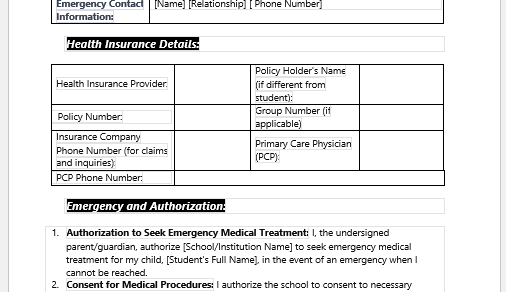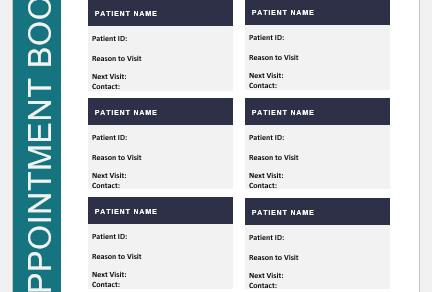Someone has said about our teeth, “Be true to your teeth, and your teeth will never false you.”. That is quite right because our teeth need attention as much as our face, hands, or any other part of our body.
Sadly, teeth are the most ignored part of the body when they perform the maximum and many of the most important functions. We must take care of our teeth regularly. Brushing our teeth at least two times a day is the minimum amount of care that we can give to our teeth. Apart from that, dental floss and eating the right food are also equally important.
Regular dental visits
Dentists are the people who are responsible for making sure that we get healthy and shiny teeth. For this, we must do our part by regularly visiting the dentist. The American Dental Association has recommended dental visits every 6 months. This is the minimum duration when it is time to revisit.
What does a dentist do on each regular visit?
Our dentist checks the current health status of our teeth and does the necessary procedures. A regular dental visit involves an assessment of teeth. For this purpose, a dental assessment form is present in the dentist’s office, which he uses as a checklist to determine the current health status of the teeth.
Dental assessment form
Now, the question arises: what is exactly asked in the dental assessment form that helps in the proper assessment of the teeth of patients? Well, the answer to this is quite simple. Many questions are mentioned in the assessment form, which the patient has to answer, and this helps the dentist know the overall idea of teeth.
- The dental assessment form begins with the usual information about the patient, in which his age, name, and sex are mentioned in the topmost column of the form. This is required for the establishment of identity and is kept in the hospital record.
- The next question is about the oral hygiene routine. The patient is asked the number of times he brushes his teeth in a day. Some options are given, and the patient has to mark one.
- The method of oral hygiene is also asked. Some people use manual brushing, and some prefer to have battery-operated brushes.
- The dentist himself assesses the gums, and he examines the patient’s gums for color, staining, bleeding, and sensitivity.
- The dentist himself does the next portion of the dental assessment. He checks the status of the gingiva and also of all the sets of teeth individually. He looks for growth, occlusions, and ulcerations if they are present in the gingiva. He also checks for any prosthesis, if present, and its current status in the patient’s mouth. If required, the dentist can do the necessary procedures and treatments. All such treatments are then mentioned in the dental assessment form.
- In the end, the dentist’s comments are added, and this form is kept in the patient’s file for later reference.
- Nursing Documentation Templates
- Mental Health Evaluation Forms
- Forms Used by Pediatricians
- Various Forms Related to Pregnancy Verification
- Common Forms Used by ENT Specialists
- Pain Diary Worksheet Template
- Forms Commonly Used by Old Age Homes
- Medical Treatment Consent Form
- Home Exercise Program Worksheet
- Forms Used for Mental Health Assessment
- Forms Used by Psychologists
- Medical Forms Commonly Used by/for Students
- Assessment Consent Form
- Forms Used by an Anesthesiologist
- Not Fit to Fly Certificate Template



